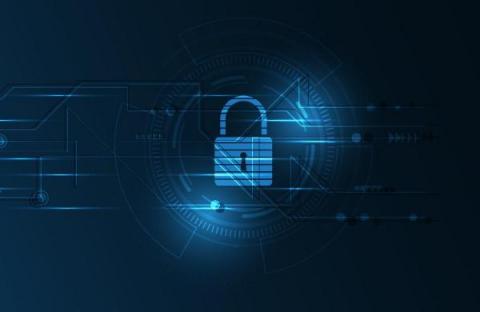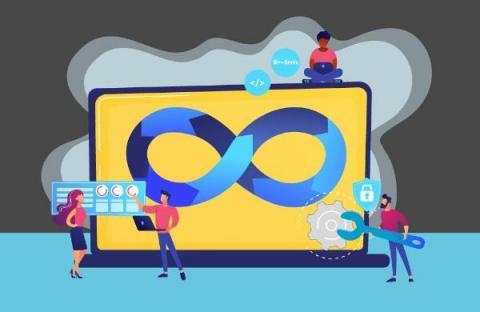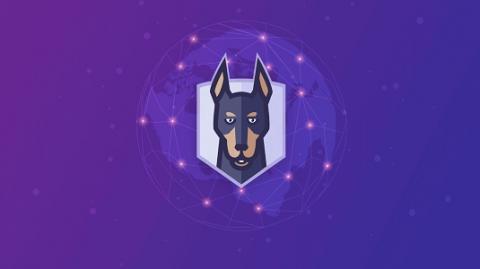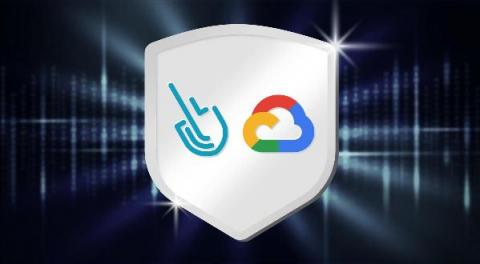Why Adopting Zero Trust Security Is Necessary For DevSecOps
There’s a shift in the world of DevOps. It is no longer enough to create applications and just launch them into the cloud. In a world where entire businesses can exist online, securing your digital assets is as important as creating them. This is where DevSecOps comes in. It is the natural progression of DevOps — with security being a focus as much as the process of creating and launching applications.










